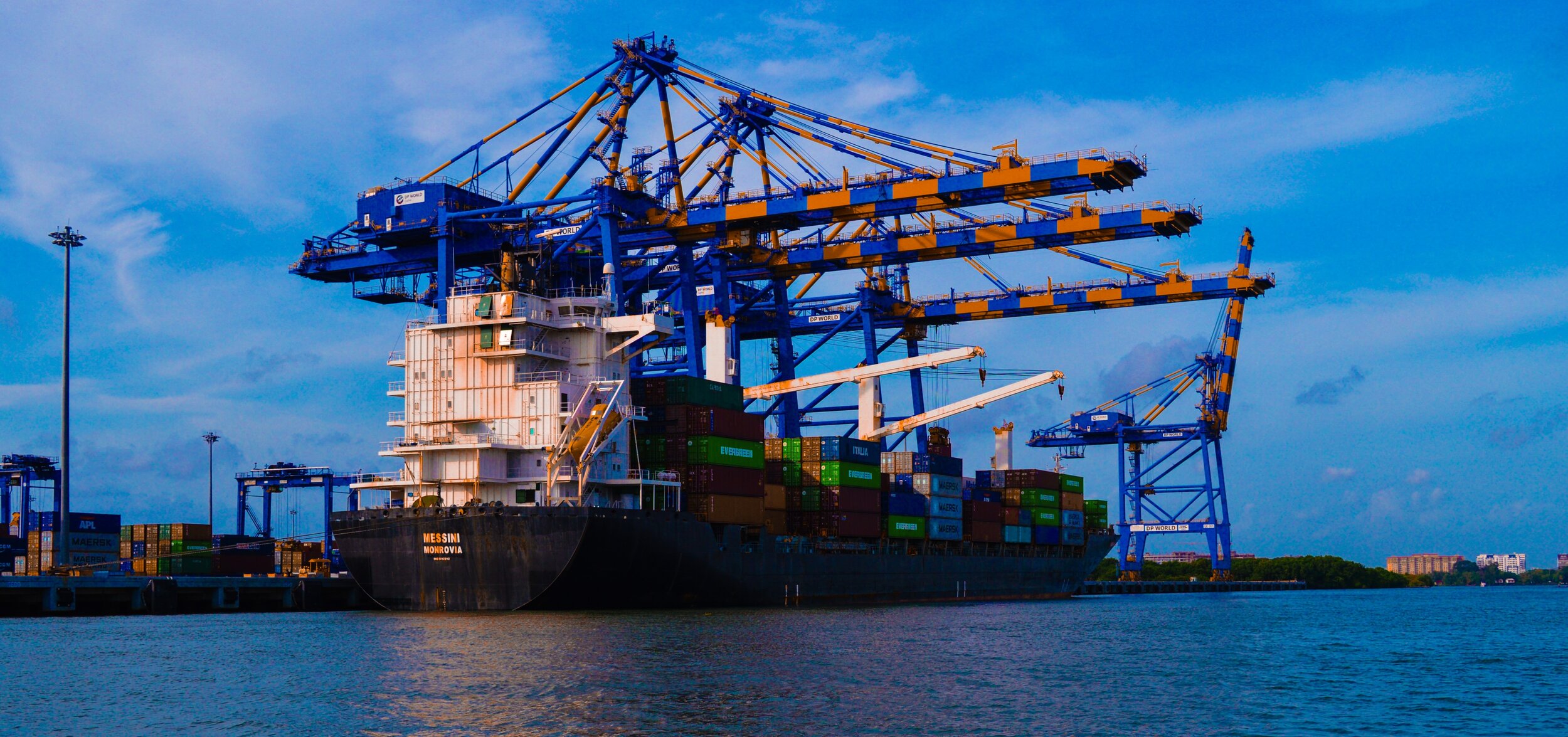Congratulations, you have won your first Indian customer! You can now start exporting your products to India. But how do you go about this and what practical matters do you need to take into account?
1. What documents do you need to export to India?
Indian Customs has different document requirements depending on the type of product you want to export (a good overview of the specific requirements for your product can be found at here), but there are three standard documents that are always required:
Bill of Entry
A Bill of Entry provides information on the exact nature, quantity and value of the goods that have landed or entered the country. If the goods are cleared through the Electronic Data Interchange (EDI) system, no formal Bill of Entry is submitted as it is generated in the computer system. However, the importer has to submit a cargo declaration for processing the customs clearance of the goods.
If the Bill of Entry is submitted without using the EDI system, the importer is required to submit supporting documentation, including a certificate of origin, inspection certificate, bill of exchange, commercial invoice/packing list. Once the goods arrive, customs officials examine and assess the information in the Bill of Entry and match it with the imported items. If there are no irregularities, the officials issue a "pass out order" releasing the imported goods from customs.
Commercial invoice/Package list
The commercial invoice is a sales contract issued by the exporter to the importer. It assists the customs authorities in establishing the value of the goods and the amount of tax due. Part of the invoice is the packing list, which is an itemised list of information relating to the goods and must include the following:
Description of the goods
Quantity and weight
Number of packages
Type of packaging (pallet, box, etc.)
Brands and numbers
Name of carrier
Date of export
Export licence number
Bill of Lading / Airway Bill
This is the most important document in the shipping process for exporters. A Bill of Lading is an important legally binding document which specifies, among other things, the type, quantity and destination of the goods transported, as well as the details of the shipper, carrier and buyer/consignee. For smooth transportation of goods from origin to destination and speedy customs clearance, the exporter should obtain a correct and complete Bill of Lading from the shipping line/freight forwarder and send it to the importer.
We know from experience that the Indian authorities sometimes come up with new and unfamiliar requirements. Therefore, we advise exporters to work with an experienced Indian importer and/or customs clearance agent. Moreover, the first time you export a product you must pay extra attention to the goods description and HS code. The first registration is used by Indian Customs as a reference for future similar shipments. If your product accidentally ends up in a different classification (with higher import tariffs), you will not be able to change this anymore.
2. How do you temporarily import a shipment into India?
If you google for the required documents for a temporary import into India, you will soon find the ATA carnet. But be aware that the ATA carnet of the Chamber of Commerce only allows you to temporarily import exhibition materials into India. Additional documents are required for professional materials, trade samples, postal traffic and transit of goods. A distinction is also made between the temporary import of, for example, a machine (for demonstration purposes) and the import of raw materials for processing into a semi-finished or finished product intended for export. Our local experts are always up to date with the latest developments and know exactly what you need to get your products into the country without any hassle.
3. What are the trade barriers in India?
In addition to high import duties, some product groups are subject to import bans or strong regulation, a good overview can be found here. Increasingly, foreign products must have a BIS registration.
4. What are the import tariffs and duties for my product in India?
India has relatively high import duties. On average, the duties are between 27 and 30 per cent. Alcohol, cars and other luxury products are subject to even higher duties. On the other hand, some medical products and many food products are (partially) exempted from import duties. When you sell goods to the Indian government and to five-star hotels, they are usually also exempt from import duties. The high import duties mean that it can be interesting to set up your own factory or production site in India, or to outsource production for the Indian market to an Indian party. Do you want to know what import duty applies to your specific product? See here.
5. What requirements does packaging have to meet in India?
All pre-packaged consumer goods (food and non-food) must bear an import label at the time of importation with the following information:
Name and address of importer
General product name or product description
Net content or quantity (expressed in metric system: millilitres, litres, grams or kilograms)
Date of import and of production
MRP: Maximum Retail Price. (This is the consumer price including all taxes at which the product may be sold to the consumer at a maximum price).
Some product groups have specific requirements, such as food products, see for example here. Other useful information on packaging and labelling requirements that apply to specific product categories in India can be found here.

